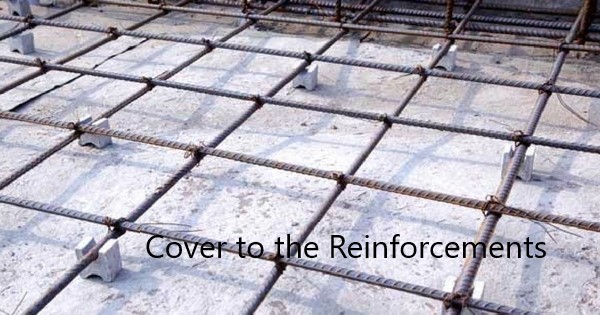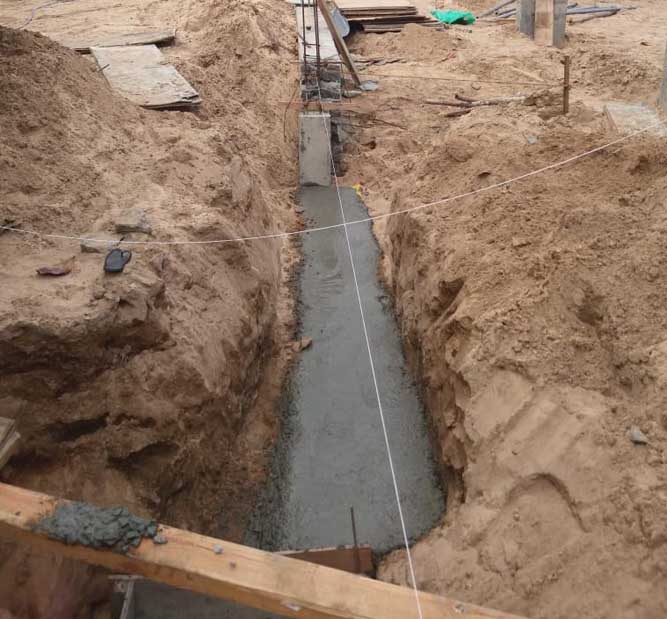Plinth beams are constructed at the foundation level or at ground floor level, and they are considered as tie beams at the plinth level of reducing the effective height of the columns.
Further, they will carry the wall load at the ground floor level to columns and act as a settlement controller.
Plinth beams control the craking of the brick wall by making the confinement in the wall panels. In other words, it makes an infill wall that resists the cracking of the wall.

In span 01 in the above figure, there is no plinth beam above the rubble foundations. However, there is a plinth beam at the ground floor level in the Span 02.
When there are different settlements, stresses developed can not be born by the rubble foundations. This will result in cracking the rubble foundation and eventually, it will lead to cracking the brick wall(span 2).
If there are beams, they can bear the additional tension/bending/shear forces. It will minimize the cracking in the brick wall.
In addition, they will carry the wall loads on the ground floor.
Beams sizing and reinforcement design shall be done as per the wall loading.
In low rise buildings, most of the time, floor loads are not transferred to the plinth beams. If the floor slab loads are transferred to the plinth beams, they shall be designed as normal beams by taking into account the loads from the slabs.


